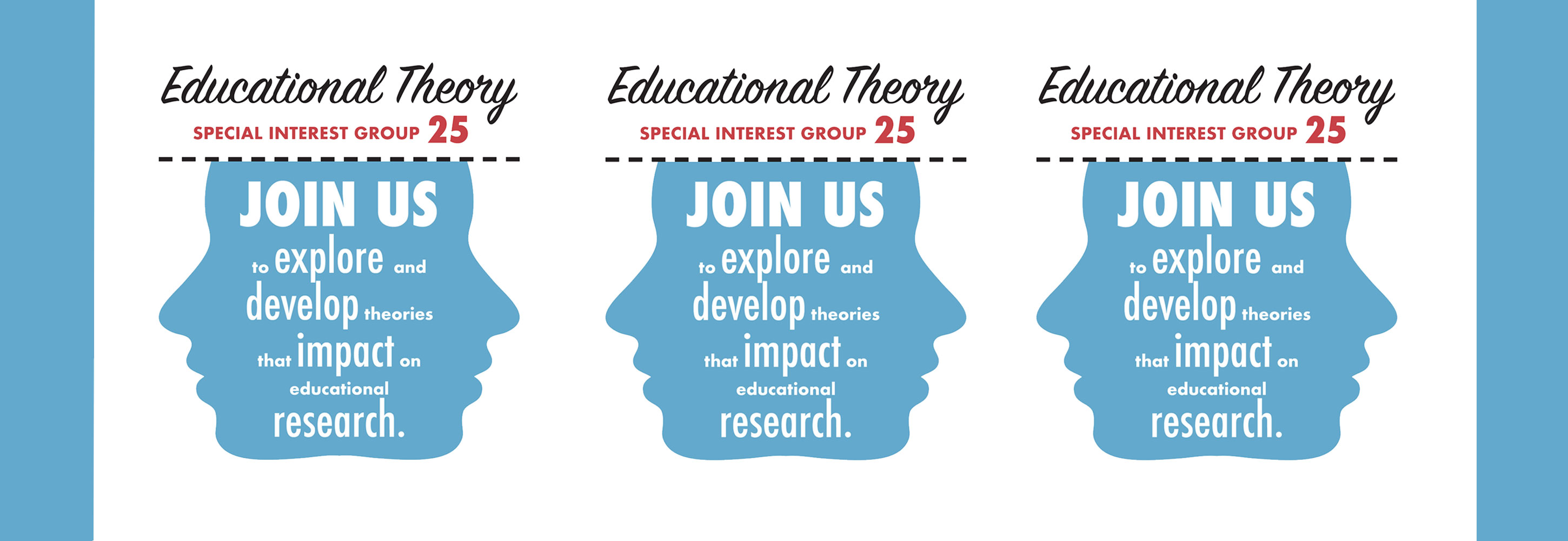Theorising online conferences

SIG 25 Reflective notes: Theorising practices in Educational Science
Theorizing online conferences
Chat communication in academic conferences – new opportunities for participating, cooperating and co-creating
Jens Jørgen Hansen, University of Southern Denmark (jjh@sdu.dk)
In this short reflective contribution, I will address the potentiality and pitfalls of different communication modes occurring in online conferences. I will use examples from the conference Networked Learning Conference 2020, that was supposed to take place in Kolding, University of Southern Denmark, but was held online in may18-20, 2020.
The Covid-19 lockdown has challenged many of the ways in which institutions have handled and organised pedagogical tasks. One of these tasks is organising academic conferences. The question is whether online conferences can create new forms of participation, connection and communication in online conferences, and what are the opportunities and pitfalls for conference settings. The opportunities are due to both the technological development of digital platforms (as Zoom, Adobe Connect, Microsoft Teams, Google Meet etc.) that allows massive online participation and the development of digital back channel features such as Twitter and chat functions on digital platforms. These digital back channels enable the expansion of communication and participation for conference participants and can create an informal communicative space with real-time online conversation alongside the primary formal presentation. This communication can extend beyond the presentation room and can expand the presentation communication and the dynamics of the conference format because participants can express views, ask questions, discuss the topic and provide resources and references in this informal communicate space.
The case for this reflection note is the chat forum for keynote Rikke Toft Nørgaard presentation: “Designing for computational creativity and technological imagination with teachers across and within the disciplines”. The presentation lasted one hour and there were 151 chat posts distributed among 34 participants. The chat post can be places in three kind of communications modes: communication as participation, as cooperation and as co-creation.
Communication as participation is a communication mode that can take place as a kind of phatic communication where the users can express their emotions about the presentation. For example, user A writes “hi everyone - looking forward to your keynote, Rikke” and user B agrees: “*Fireworks* *music* Looking forward to this!” Participation can also take place with a focus on the topic of the presentation where the users’ comments on the keynote’s points, as in the following excerpts: “Very interesting point about humanities” (User A), “loveNussbaum”(User B), “interesting the fighting perspective (debate, but fighting as well)” (user c).
Communication as cooperation is a communication mode where users have opportunity to participate in discussion about content and share opinions and resources:
user a: point 4 brings to mind Keri Facer's work on 'pedagogies of the future'
user b: Yes, was just reading Keri Facer's work on that,
user c: @[user a] ref please?
User a: J @ [user b] https://www.researchgate.net/publication/307557421_Using_the_Future_in_Education_Creating_Space_for_Openness_Hope_and_Novelty
User b: Special issue 2017 Futures
User c: thx all for Keri Facer reference... looking up her work now!
A third mode of communication is communication as co-creation. The users have possibility to create new perspective on the topic and are working together to elaborate on the understanding of the topic. This kind of user engagement can be seen in the user’s discussion of what the concept Bildung means:
User a: What does dannelse mean?
User b: dannelse = bildung,
User c: how is CT Bildung?????,
User b: @[user bc] the discussion in a danish context has been to connect it to bildung,
user d: maybe bildung -> lifeskills -> CT ?,
user e: Bildung = education, probably in this context.
User f: @ [user d] actually more to go beyond lifeskills in understanding the role of algorithms and technology in ourlives,
User a: 'self cultivation' in German?
user g: Many researchers claim that computational thinking is part of 21st cetury skills----and maybe that is a connection to bildung/dannelse?
User a: ah right. Interesting. Formation also use in Spanish,
User h: Bildung in spanish is more "educación"... in a wide perspective
User a: Ah right thanks [user h]
User H: yes, language is amazing!
The communication in both the cooperation and co-creation mode is no longer directed to the keynote presentation but to the participants chat posts. The pitfall of the chat commutation is that the attention can derail attention to the points of the presenters as a user says to the references of Keri Facer, that she is “... looking up her work now!” And the distracted attention can be amplified so that the participants only have an eye for the communication and discussion on the chat as a user says: The only thing I am getting is the chat ).
Questions for further discussion:
- To what degree do back channels as chat communication support increased active participation, knowledge sharing and co-creation or divert the attention to the primary presentation?
- Is the format of online conferences a valuable way for developing the format and culture of academic conferences?
- Should chat communication with participants questions, suggestion for resources and views on the topic be collected and distributed as an important and useful source of information together with the presenters’ paper and PP?
